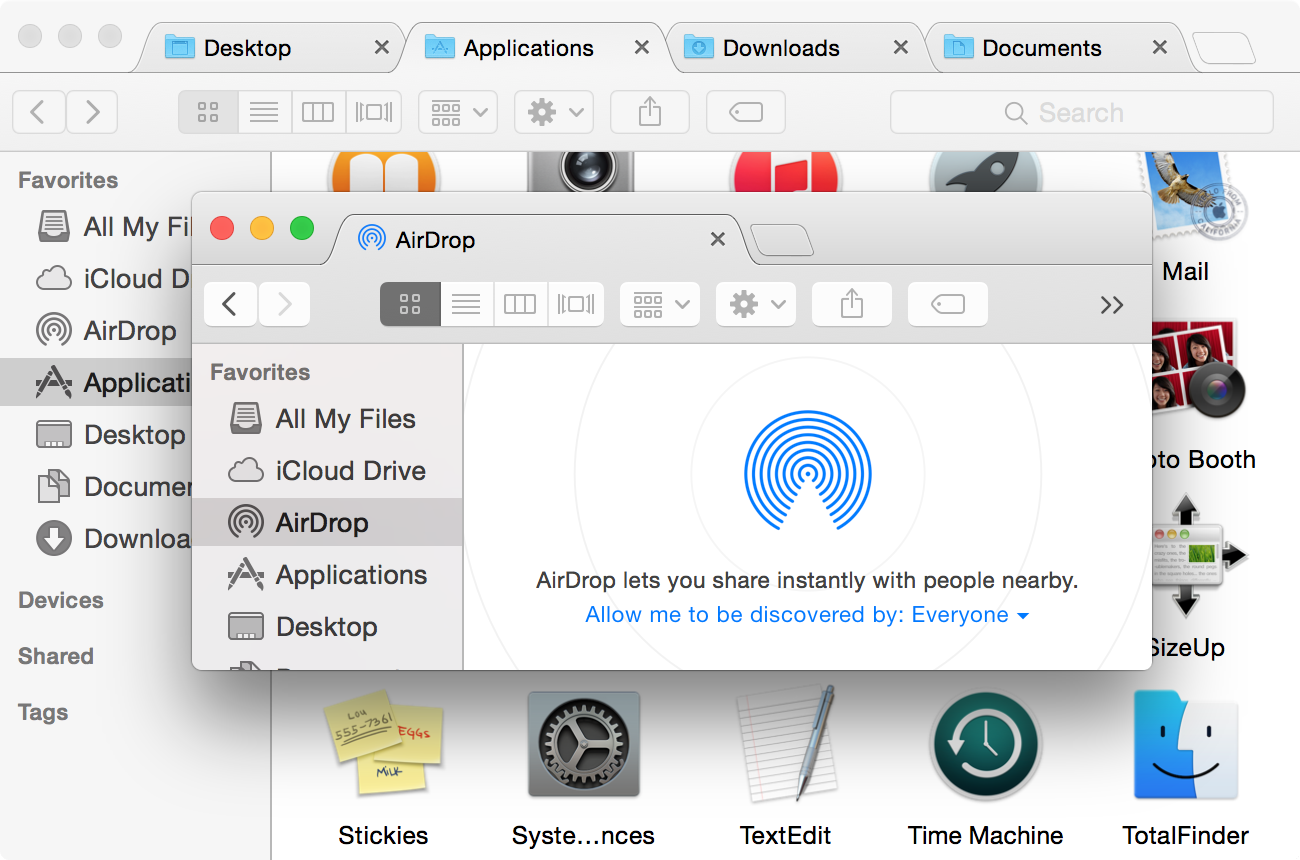

To retrieve data you use var myData = storageManager.getData('key').You do this by calling one of 3 saveData methods: saveSessionData, saveSyncedSessionData or savePermanentData. To save new data or modify an existing data, you simply decide how long the data should live and whether it should be accessible across other tabs.StorageManager.saveSyncedSessionData('data', 'key') // Saves to sessionStorage and sync with other tabsĪ typical login scenario where if the user checks “remember me” the data is saved to permanent storage on disk, otherwise it’s only saved in the browser session and is lost when all tabs to the domain (or the browser) is closed. StorageManager.savePermanentData('data', 'key') // Saves to localStorage So using this wrapper, saving data on the client side is as simple as this: if (rememberMe) This storageManager class takes care of this synchronization and exposes a very nice API to use. To achieve this I employ a wrapper class around localStorage and sessionStorage which I call storageManager. This synchronization needs to happen immediately to ensure no two tabs have different information. The solution to this is to instantly synchronize any changes to sessionStorage made on one tab to all other tabs, both already opened and new tabs. This in my opinion is undesirable in most cases. This is because the login information/ authentication token that is saved in one tab is not accessible from the other tabs. An example of a typical side effect of this is a user logs in to a site from one tab, and realizes they have to login again on every other tab they open. stores data permanently that is persisted across browser sessions and across browser tabs), data stored in sessionStorage is available just to the tab that saved it. Whilst localStorage behaves as expected (i.e. In short Web Storage (localStorage or sessionStorage) is the way to go when creating modern web applications such as Angular, Vue, etc. Web Storage Data is accessible for Pages from the same origin (i.e. Also Web Storage offers much more storage capacity (at least 5MB) than cookies (4096 bytes) and does not have the “inconsistent deletion/persistent” quirks that cookies have. For instance data stored in Web Storage is only kept at the client side, and it’s not automatically transmitted to the server with every request unlike with cookies. These two methods, referred to as HTML Web Storage have significant benefits over the older cookie based approach.

Single Page Applications) the preferred means of storing client-side data is with html localStorage or sessionStorage. A little comparison of localStorage/sessionStorage and cookies Fortunately this can easily be solved using the approach I’ll be showing you in this post. when a user logs in from one tab, he should be logged in to other tabs as well). In most cases it is beneficial to have changes to sessionStorage be visible across all browser tabs (e.g. This is because by default data stored in sessionStorage exists only in a single tab (i.e the browser tab it was created in).
#BEST MULTI TAB BROWSER HOW TO#
In this post I’ll show you how to share html sessionStorage data across browser tabs in an angular web application.


 0 kommentar(er)
0 kommentar(er)
